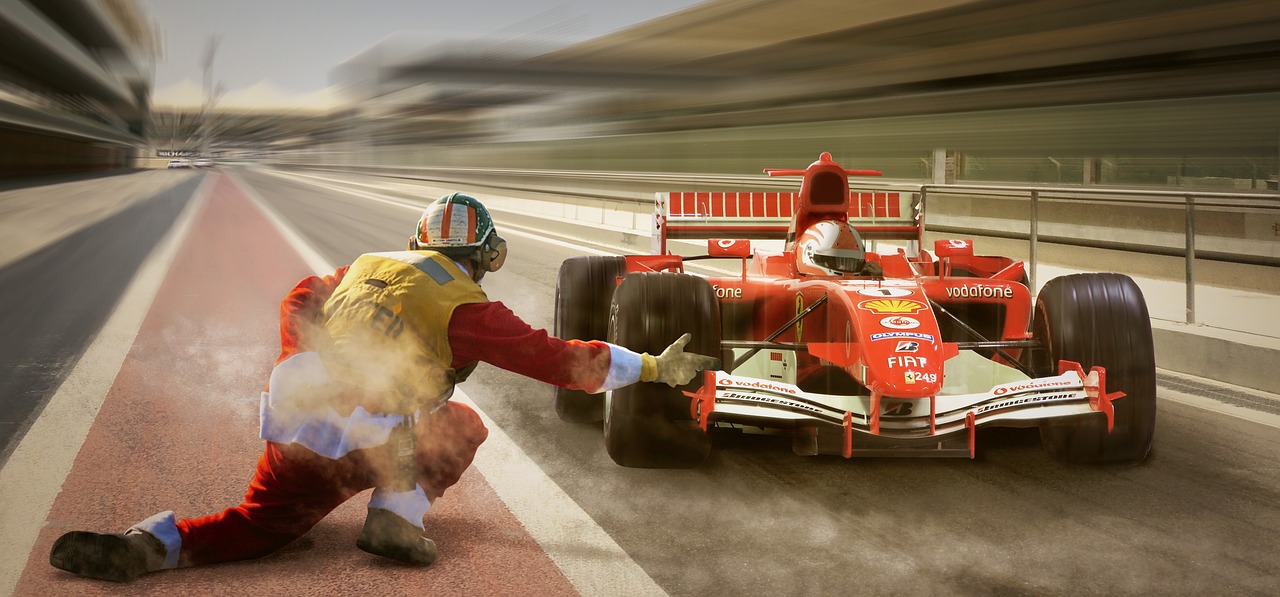FIA wants to give the F1 Championship a taste of “sustainability” and has set out a plan to reach ‘net-zero carbon’ status by 2030. In this context, the governing body of competitive motorsports has sent out biofuel samples to engine manufacturers who take part in the F1 league, and the first ones to receive barrels are Ferrari, Renault, Honda, and Mercedes-AMG.
Although the press pushed to learn more about what next year’s V6 hybrid powertrains are called to burn, FIA was confined to saying that it’s something that was exclusively refined using biowaste. Seeing biofuel being pushed as a viable alternative to high-octane petrol is impressive, and that refinement must have been at the ultimate levels.
To get an idea, the fuel used in F1 cars has between 95 and 102 octanes and is blended with additives the mixture of which depends on the weather conditions on the race day. Biofuel could reach these levels but only by using high-yielding algae and cyanobacteria. For regular biowaste, it could be hard and would maybe require special additives, somewhat beating the whole purpose.
Not having an energy-rich fuel would hurt the performance of F1, a class that is considered the pinnacle of motorsports. We understand that everyone needs to push forward to a low-carbon future and that F1 can play a pivotal promotional role for environment-friendly solutions, but biofuel could be something that’s going to change the dynamics of the sport.
For this reason, the switch isn’t going to take place in a day. By next year, all teams will be required to spend 10% of their refuels using biofuel, gradually building up to 100% by 2026. This will also add a strategic element in the race, especially if the difference with petrol is dramatic. We expect that at least for the first couple of seasons, there will be a notable difference between the two.





